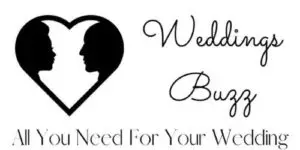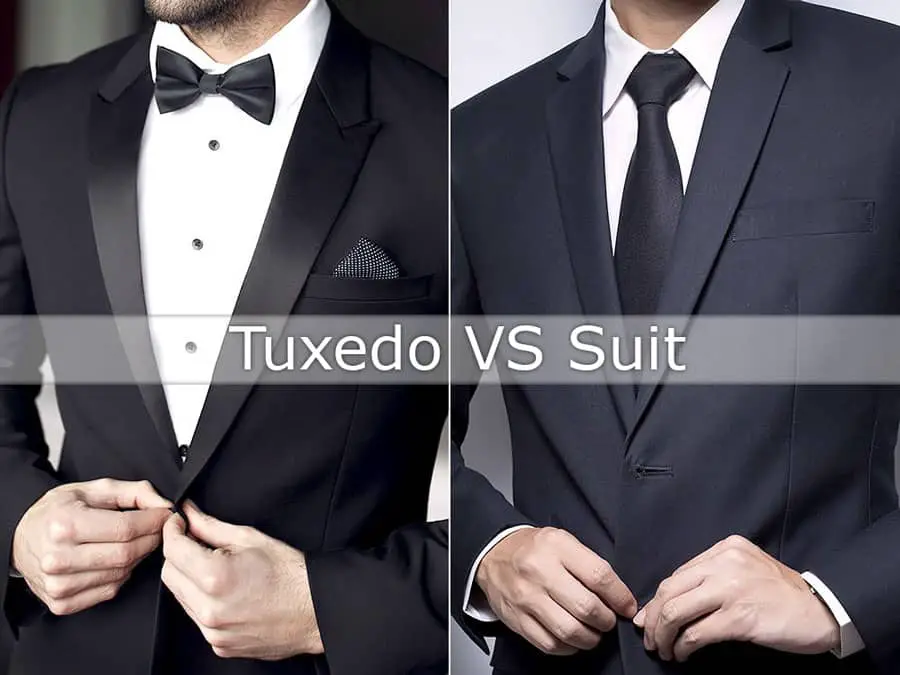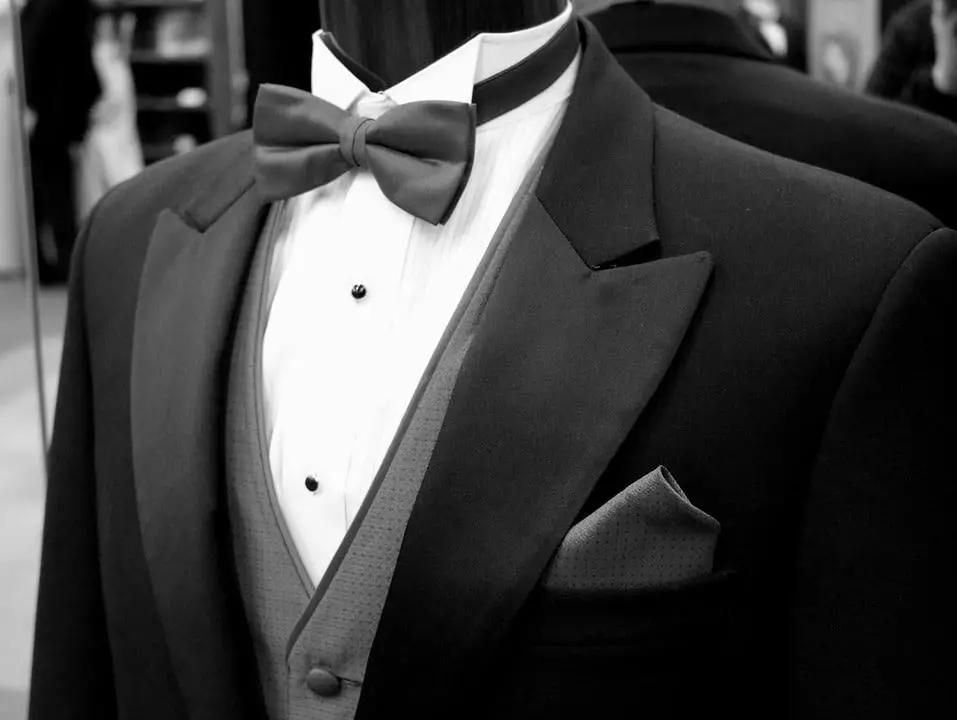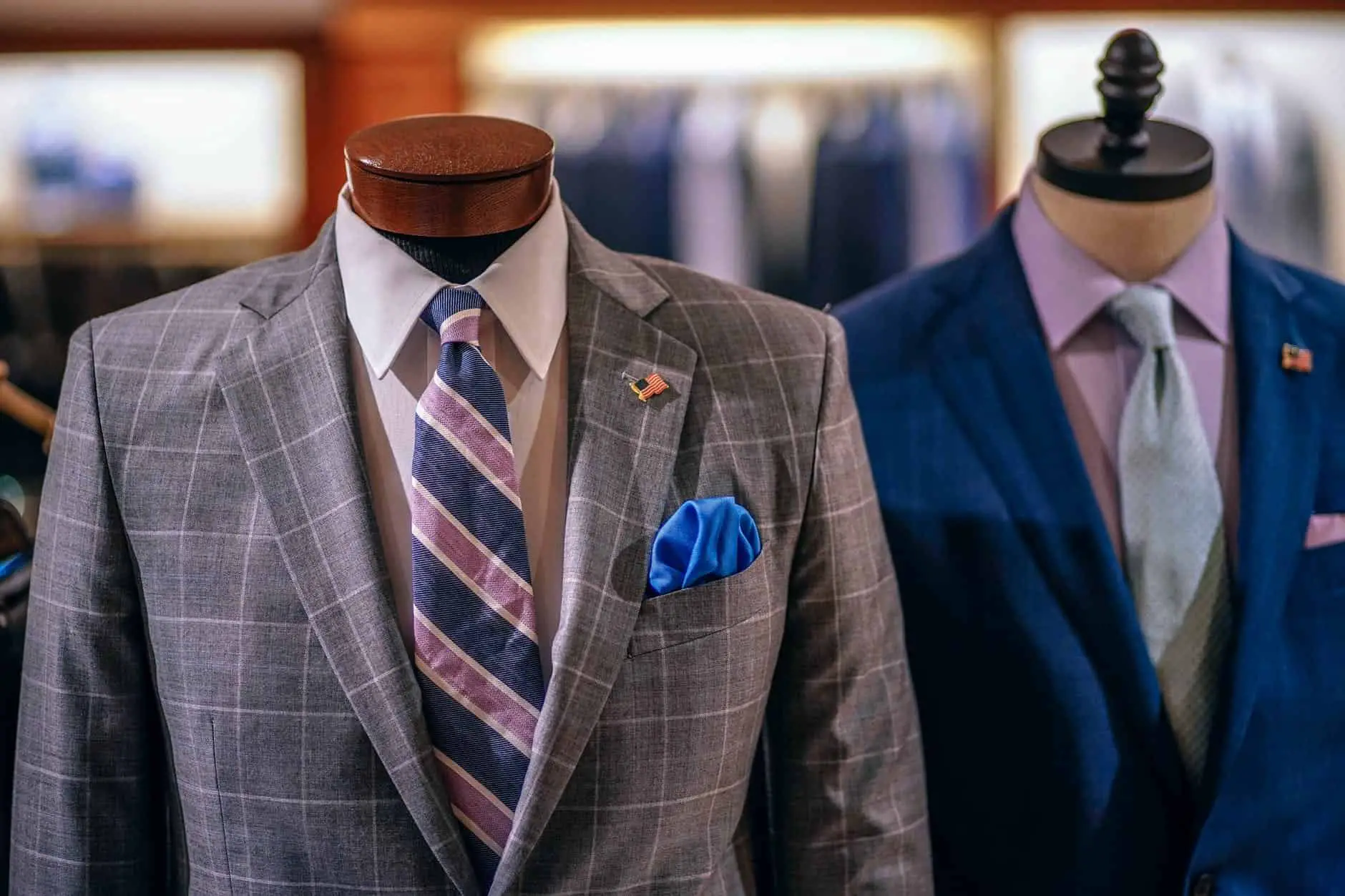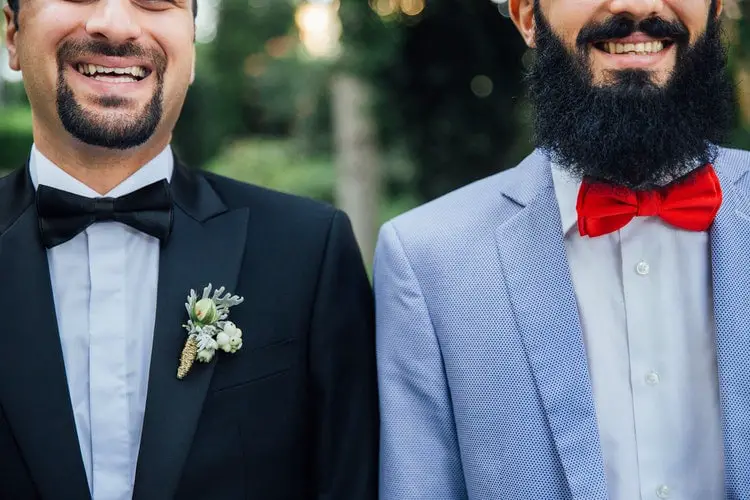Table of Contents
*This post may contain affiliate links. As an Amazon Associate we earn from qualifying purchases.
Asking what makes a tuxedo and a suit different is an age-old question that gets asked on a regular basis because to the non-discerning eye, there doesn’t appear to be much of a difference.
You might even say that the tuxedo is quite possibly one of the most questioned outfits to ever hit men’s fashion.
Of course, it makes sense considering the backstory of both the tux and the suit.
A Brief History of the Tuxedo
image source: pixabay.com
Tuxedos first hit the men’s fashion scene around 1865 courtesy of Prince Edward VII because he wanted something that wasn’t the traditional tailcoat that had been the presiding look at the time.
Types of Tuxedos
Prior to that time, white-tie formal attire had been the only acceptable clothing to wear to a formal event. Even today, white-tie dress is the pinnacle of formal attire, but few understand quite how it works. To think it all started with the change and innovation that Prince Edward mandated because he wanted something different.
A tailor from Henry Poole & Co., Savile Row, was actually the person that fitted Prince Edward. The prince had wanted something that was still formal but without a tail. The ideal look would be something that could translate well into formal and informal settings. The resulting look was called a dinner jacket, first commissioned in a dark blue and with a pair of matching pants.
Originally only available in black and dark blue, the dinner jacket or tuxedo as it was later called, usually had accessories to complete the appearance. There was a significant level of importance assigned to having proper evening wear, and there was an air of sophistication that went with it.
In the 1800s
The tuxedo became popular in 1886 when aristocrat, James Brown Potters attended the Autumn Ball in Tuxedo Park, New York. Potter was a friend of the prince and is the most likely individual to have brought the dinner jacket to this side of the world. How it spread to the rest of the country depends on the story you hear.
In the 1900s
Dinner jackets became the norm in the early part of the 20th century and remained popular among the upper class through the rest of the 1930s. The two most popular colors remained the dark blue and black when it came to the tuxedo. It wasn’t until the 1940s that the tuxedo moved out of the way, and suits began to take center stage. There were more styles and colors incorporated into the suits that you would see.
But once again, in the 1950s, tuxes began to make a comeback. By this time, it was rare that you’d see a white-tie event, but you would often see black-tie dress at the most formal of affairs. Traditional tuxedos came around during this time and didn’t change much more until the 1970s. When the 1970s hit, the formal tuxedo was completely reinvented and now reflected the age of disco. Trousers were now bell-bottoms, shirts now had ruffled fronts, and you’d see larger bows instead of the stuff bow-ties from generations past.
Modern Times
Once disco fell to the backseat, so did the stylings of the tuxedo, and they once again began to appear more conservative. This became the new normal until the 21st century when the lines started to blur.
Alas, the tuxedos became a garment that people used to wear a long time ago, and suits were the clothing of choice. Men didn’t wear tuxes as much instead favoring black suits along with colored button-down dress shirts. Formal wear didn’t have much of a place anymore.
That is at least until the past several years. Tuxedos are trying to come back thanks to men that are realizing that there was something to be said about the class and sophistication that were simply part of a tuxedo. Like all fashions, even men’s clothing styles come and go, and the tuxedo is one that should eventually come back as more men are making a choice for the classic tux.
A Brief History of Suits
image source: pexels.com
Suits have had a long-lived history, too.
1800s
As early as the 1800s, men’s styles were fairly complex, at least until the suit came along courtesy of Beau Brummell. It was because of him that suits contain two pieces – trousers and a coat – and keep men looking fashionable even today.
1900s
As you go through time, you’ll see slight adjustments being made to suits. In the early 1900s, it was standard suit wear to be made of sturdy fabrics as well as dark colors. Three-piece suits started in during this time and included a vest under the jacket.
There was a sort of uniformity among individuals when it came to suits because the style was more or less identical across the globe. Everyone looked well-groomed and neatly dressed because that was the expectation of the day regardless of your lot in life.
1920s
It wasn’t until the 1920s that the suit got an upgrade, so to speak, and started to take on different styles and appearances. Colorful items were added to the suits to include shirts and ties. Pants and jackets got looser.
1930s
As the Great Depression took hold over the country in the 1930s, the variety of the suit dwindled. Instead, the colors went back to their origins – dark colors, but the wide-legged pant was still the order of the day.
1940s
The suit was considered an every-man garment, and they became even more standardized during wartime in the 1940s. All unnecessary luxury items gave way to making military uniforms, hence the biggest reason that formal attire too such a dive during this time. In its place, suits dominated men’s fashion.
1950s
Out of the changes and demands of the time, new fabrics were born and incorporated into suits that hit the markets. Rayon and other fabrics went into creating suits which continued through the 1950s. When icons like Elvis Presley and James Dean changed up the fashion a bit more, pants and jackets alike started to get even looser.
60s-70s
Over the 1960s and the 1970s, suits developed and changed even more drastically than tuxedos did. They incorporated patterns like the well-known pinstripe and polyester was the fabric of choice. The classic look was still around, but it became less and less normal to see.
80s-90s
Through the 1980s and 1990s, you might even say suits lost their way in men’s fashion, and that’s when business casual became a thing. Men wore jackets with jeans, pleated pants, and the suit was gone by the wayside.
At least until the 21st century when all of a sudden, men started to care about what suits looked like again. It’s like men have felt a twinge of nostalgia, but you’re seeing more men out there that know what it means to own a tailored suit and be proud of the way they wear it, too,
The Difference Between Tux and Suit
There are a few key differences between a tux and a suit, but truth be told, there really aren’t very many. One of the main things is color. Tuxes are traditionally either black or midnight blue for a truly formal affair. Anything else is probably best left to a high school prom. Tuxes should also only be worn with bowties because assuming you’re wearing the correct lapels, a tie would not look right and would actually detract from the overall appearance.
Suits, on the other hand, can be worn with neckties or bowties and lapel placement ensures that either will work. You don’t ever want to wear a cummerbund or waistcoat with a suit, but they are standard pieces of a tuxedo. Tuxedos should also only ever be worn for evening formal affairs, while suits are worn for daytime or evening informal occasions. Also, consider the shirt style you’d be wearing. Any color can work with a suit, but with a tux, white with black studs is the only color that is truly appropriate.
You’ll also want to look at the difference between tux and suit when you’re looking at the pants. Tux pants are plain at the bottom, never cuffed. Suit pants, on the other hand, come in both plan and cuffed bottoms. Another difference that you need to pay attention to is the shoes that you choose for the garment. Tuxedo shoes should be patent black leather, while shoes for suits tend to complement the fabrics and colors can vary.
A Few Last Words
image source: unsplash.com via Alvin Mahmudov
When you can’t decide between a tux or a suit, you’re going to want to ensure that you think about the time of day and the occasion that you’re going to be wearing them.
If it’s an evening, formal affair, then a tuxedo might be what you need. Alternatively, if it’s a daytime celebration or a day at the office, a suit is going to be a better choice.
Just keep in mind that the differences really can make or break your overall appearance goals.
Whatever you do, don’t make exceptions for tuxes and wear them as they were meant to be worn.
